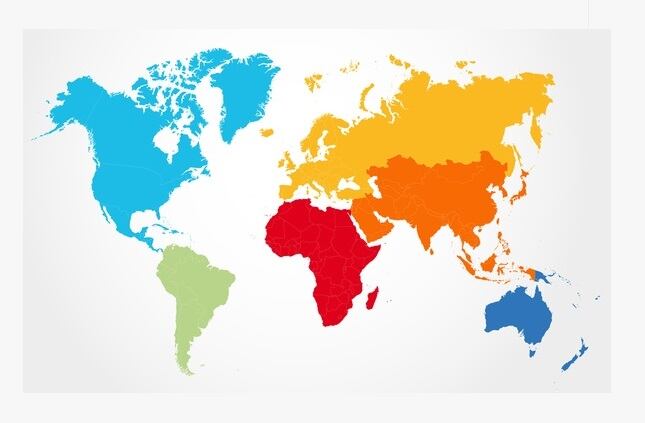The US is still the single most innovative market for craft beer globally, accounting for 17% of all global craft beer retail launches in 2017.
But six of the ten most innovative markets are now in Europe, according to Mintel.
And Brazil also shows strong innovation when it comes to craft beer innovation, accounting for 9% of global launches, making it the second most innovative country in craft beer.
Meanwhile, Japan also makes an entry in the top 10.
Europe
Over the last few years, interest in craft beer has migrated from the US into the UK and now over into continental Europe, says Jonny Forsyth, Associate Director, Mintel Food & Drink.
This includes countries where beer has always been a central part of the culture – such as in Germany, where the 185th Oktoberfest kicks off in Munich this weekend.
“Our research suggests that Europeans are embracing craft beer because they are looking for new, more exciting offerings compared to their usual beer options, especially in markets such as Germany, where brewers and beer styles have remained unchanged for centuries.
“While markets like Germany, Belgium and Czech Republic are still dominated by their own beer styles when it comes to innovation, consumer interest in craft beers is already there and offers ample opportunities for manufacturers.”
European beer drinkers are interested in trying different styles of craft beer: such as Indian Pale Ales or other pale ales (which are already common place in the more mature UK craft beer market). Around half of European consumers also agree that craft beer is worth paying extra money for.
“Craft is the ‘new premium’ in beer, and consumers are happy to pay more for smaller-batch, more hand-crafted options, rather than those that are mass-produced,” said Forsyth. “For these consumers, craft beer taps into their desire for new experiences with a nod to the past for inspiration, offering new beer styles that they have never drunk before.”
What is craft?
In the US the Brewers Association has put great focus on distinguishing beers from small independent breweries from craft-style beers from multinational corporations. It has a clear definition: a US craft brewery must have annual production of 6 million barrels of beer or less; and less than 25% of the craft brewery can be owned or controlled by a beverage alcohol industry member which is not itself a craft brewer.
However, Mintel research reveals that European consumers do not care too much about the difference between a ‘true craft’ beer (that produced by a small, independent brewery) or a ‘craft-like’ brand (that owned by a big multinational brewer). Nearly half of Spanish beer drinkers (45%) say it’s not clear what makes a beer craft; while less than a fifth (17%) of German beer consumers say it would impact their purchase decision if a craft brand was owned by a large company.
This points towards an uphill challenge for true craft manufacturers, observes Mintel.
But in the more mature UK craft beer market, consumers do want to know more about the beer they’re drinking. Here, two in five (44%) beer drinkers in the UK would like to see a system of certification of craft beer.
“The term ‘craft’ lacks a formal definition which has enabled larger beer companies to capitalise on the craft boom, either by launching their own craft-style products or acquiring craft breweries, challenging what ‘craft’ really means for this industry. This practice of big brewers swallowing up profitable, smaller craft operators shows no signs of slowing down. An industry-wide definition could be both helpful to smaller manufacturers and welcomed by European consumers, as many beer drinkers want greater clarity and assistance in navigating the category,” said Forsyth.
A growing market: Brazil
Brazil accounted for 9% of global craft beer launches in 2017, making it the second most innovative country overall for craft beer.
"One of the reasons that Brazil is so innovative in craft beer is that for years its beer industry has been so homogeneous and dominated by big brewers," said Forsyth.
"This meant that the consumer lacked for choice, interesting beer innovation and premium beer options.
"These are precisely the market conditions which led to the craft counter-revolution in the US during the 1980s/90s and Brazil is undergoing a similar process.
"In these market conditions, consumers essentially become frustrated and bored at the lack of choice so are more likely to embrace a segment like craft which celebrates innovation, quality cues and variety."

